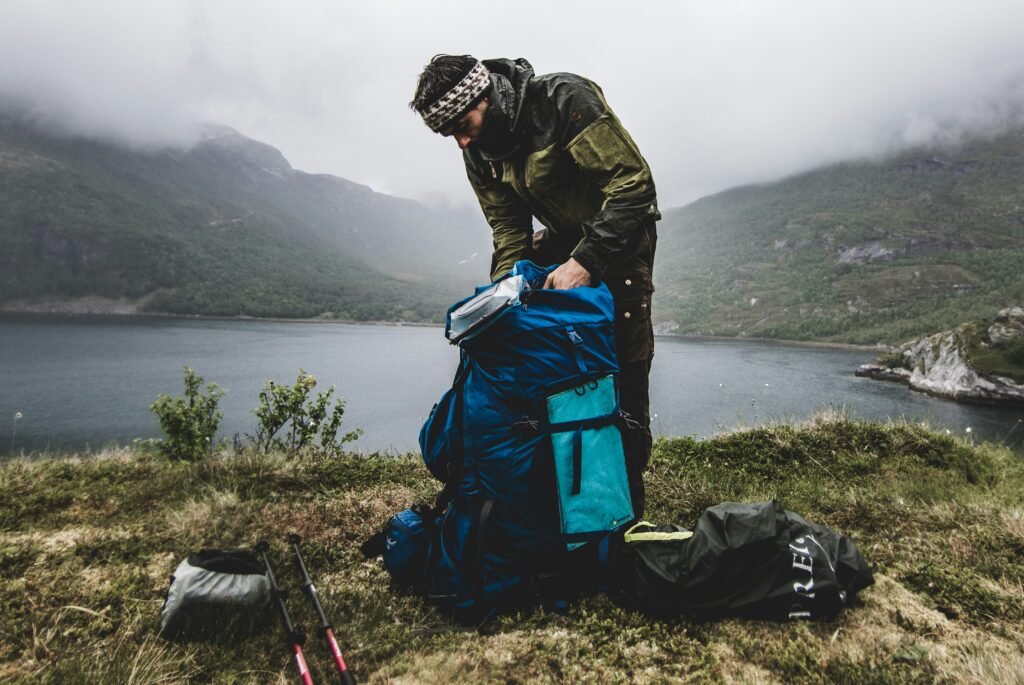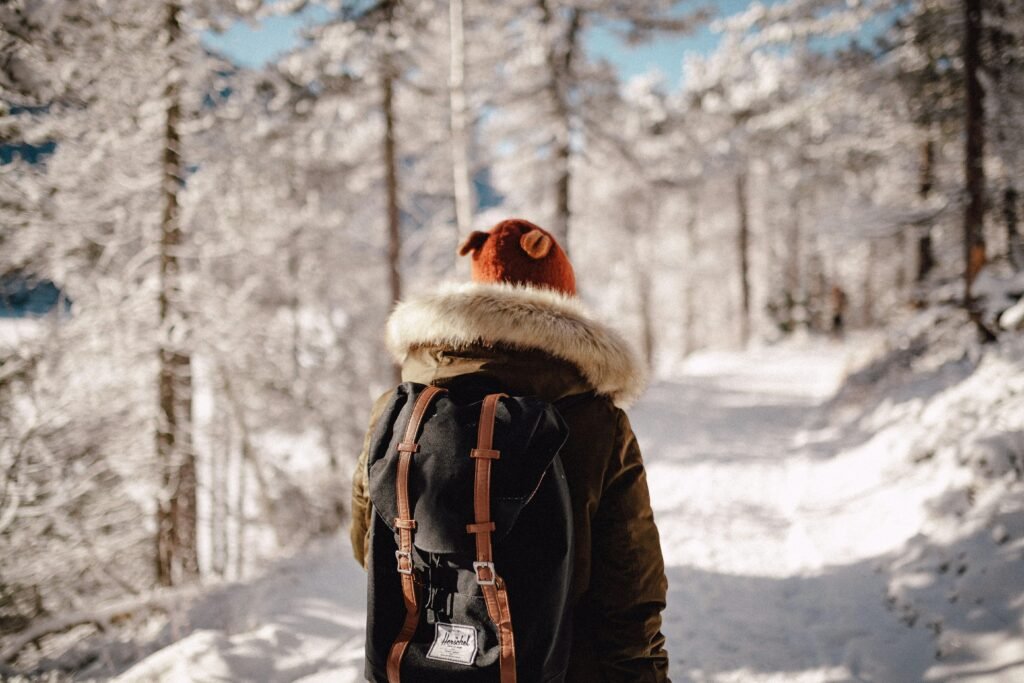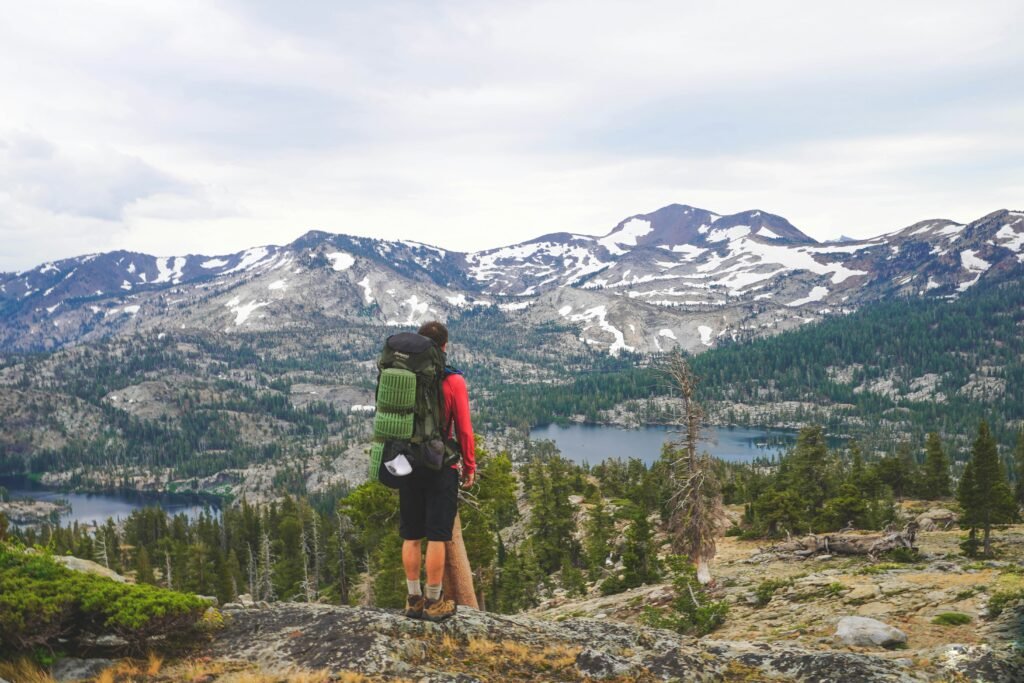Understanding Your Travel Backpacks Needs
Before you start searching for the perfect travel backpack, it’s crucial to understand your specific travel needs. Travel backpacks are essential, but everyone’s requirements differ based on trip length, travel style, and destination. By evaluating these factors, you can find the ideal travel backpack for your journey.
First, consider how long your trip will be. A short weekend getaway needs a smaller, more compact backpack since you won’t pack much. On the other hand, longer international trips require a larger backpack to fit clothes, toiletries, and gear for different climates.
Next, think about your travel style. Business travelers may need a sleek, organized bag with compartments for gadgets and documents. Adventurers might prioritize durability, waterproof features, and space for camping gear. Leisure travelers often look for a comfortable and stylish backpack, perfect for sightseeing and casual activities.
Your destination is another key factor. In urban areas, a compact and structured backpack works best for city streets and public transport. For rugged or remote locations, you’ll need a durable backpack designed for long hikes and unpredictable weather. Features like padded straps, ventilation, and hydration reservoirs can be essential.
Lastly, consider your packing style. Minimalists who pack light may prefer a small, organized pack that focuses on essentials. However, those carrying extra gear, like photographers or parents, will benefit from a larger backpack with plenty of storage and compartments.
By carefully assessing your trip duration, travel style, destination, and packing preferences, you can choose a travel backpack that meets your needs. This thoughtful approach ensures your backpack enhances your travel experience.
Key Features to Look for in a Travel Backpacks
Choosing the right travel backpack involves understanding several key features to meet your specific needs.
Capacity is crucial. Daypacks usually range from 20-30 liters, perfect for short trips. For longer adventures, look for backpacks with 50-70 liters or more to fit all your essentials comfortably.
Frame type impacts comfort and support. Internal frames are lighter and more compact, suitable for most trips. External frames, though bulkier, distribute weight better, ideal for heavy loads over long distances. Frameless backpacks are the lightest but offer minimal support, best for minimalists or short hikes.
Material durability is essential. Opt for high-quality materials like nylon or polyester, which resist wear and tear. The Denier rating indicates fabric strength a higher Denier means stronger material. Reinforced stitching and sturdy zippers also boost the backpack’s longevity.
Comfort matters. Look for effective weight distribution systems, such as padded shoulder straps, hip belts, and load lifters. These features help spread weight evenly, reducing strain on your back and shoulders.
Pockets and compartments are vital for the organization. Choose a backpack with multiple pockets, including specialized ones for electronics and water bottles, to keep your items accessible and well-organized.
Weather resistance is important, especially in unpredictable climates. Select backpacks made from water-resistant materials or those with a rain cover to protect your belongings.
Lastly, consider security features like lockable zippers and RFID protection. Lockable zippers prevent unauthorized access, while RFID protection shields your cards and ID from electronic theft.
By focusing on these features, you can select a travel backpack that meets your needs and enhances your travel experience.
Top Travel Backpacks Brands and Models
When selecting a travel backpack, several brands stand out for their reliability and popularity among travelers. Osprey, Deuter, North Face, and Patagonia are four top choices that offer a wide range of models designed to meet various travel needs. Each brand has unique features, making it important to choose the one that best suits your specific requirements.
Osprey

Osprey is known for its innovation and durability. The Osprey Farpoint 55 is a top choice for long-term travelers. It features a detachable daypack and multiple compartments, offering both convenience and functionality. The padded hip belt and adjustable shoulder straps provide comfort, even on long journeys. However, its limited size may not be ideal for those who need extra space.
Deuter

Deuter is famous for its ergonomic designs. The Deuter Aircontact Lite 50+10 is a standout for its excellent back support. It features an Aircontact back system that improves airflow, keeping you cool during your travels. The extra 10-liter extension is perfect for those who need additional packing space. However, it is heavier than some other models.
North Face

The North Face is known for rugged outdoor gear, and their travel backpacks are no exception. The North Face Overhaul 40 is perfect for short trips or use as a carry-on. It’s durable, thanks to its high-denier nylon construction, and offers great organization with dedicated laptop and tablet sleeves. However, its capacity might be insufficient for longer adventures.
Patagonia

Patagonia’s focus on sustainability and quality shines through in their travel backpacks. The Patagonia Black Hole 32L is a great choice for those seeking a compact, weather-resistant option. Made from recycled materials, it’s known for its durability and sleek design. However, its smaller size may limit it to shorter trips or minimalistic packers.
Each of these brands offers something unique, catering to different travelers. Whether you value Deuter’s comfort, Osprey’s multifunctionality, North Face’s toughness, or Patagonia’s eco-friendly approach, there’s a perfect travel backpack for everyone. Expert reviews and user testimonials often highlight personal experiences, making these top choices even more trustworthy.
Tips for Packing Your Travel Backpack Efficiently
Even the best travel backpack won’t serve you well if not packed efficiently. Proper packing maximizes space, keeps you organized, and makes your journey more comfortable. A popular method is using packing cubes. These tools compartmentalize your items, making it easy to find what you need without emptying your entire bag. Packing cubes are great for separating clothes, toiletries, and other essentials, keeping everything in place.
When packing clothes, the debate between rolling and folding continues. Rolling saves space and reduces wrinkles, making it a favorite among seasoned travelers. Folding works better for bulkier items or garments prone to creasing. A mix of both techniques often works best. Place rolled clothes at the bottom of your backpack and layer folded items on top to ensure balanced weight distribution.
Strategic placement of items is also key to comfort. Put heavier items like shoes or books near your back to avoid strain. Lighter items can go toward the top and front. This arrangement helps maintain proper posture and reduces the risk of back pain. Adjustable compression straps inside the backpack can also secure the load and keep it compact.
Your packing strategy should also match the type of trip you’re taking. For hiking, prioritize essentials like hydration packs, first-aid kits, and weather-appropriate gear. City travelers might need easy access to gadgets, travel documents, and comfortable walking shoes. Planning your packing based on your trip type not only simplifies the process but also ensures you’re prepared for anything.







Good aftie. i am a blogger too. and i can see that you are a nice blogger too”